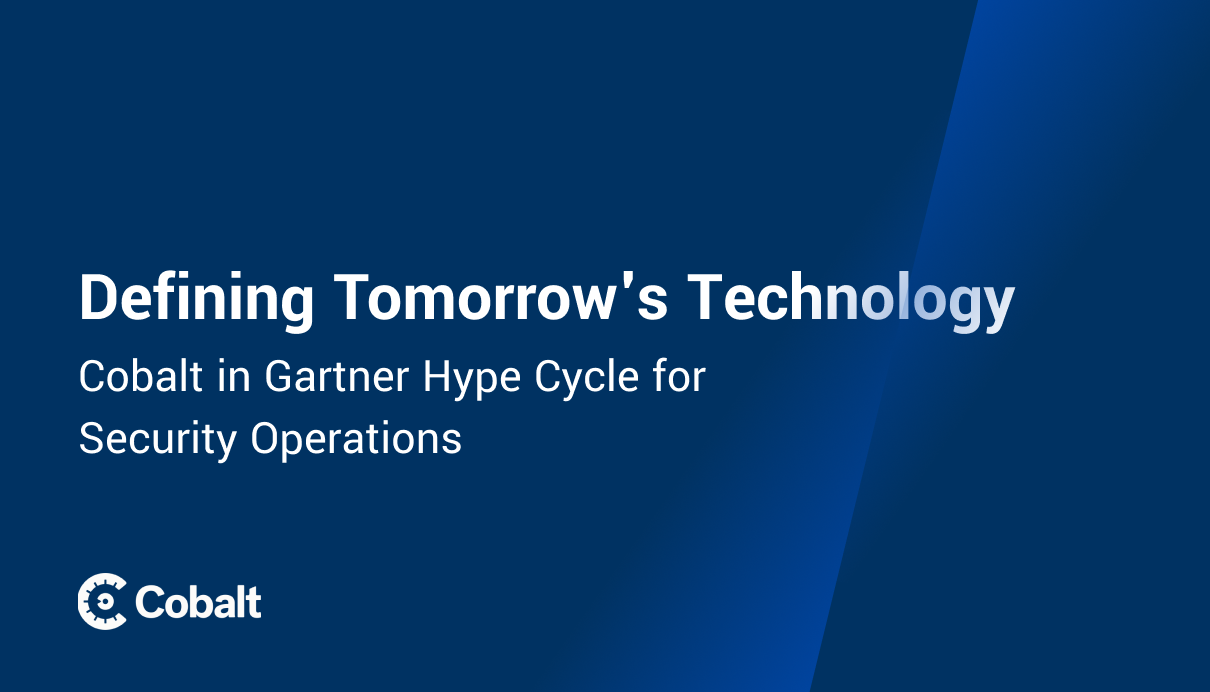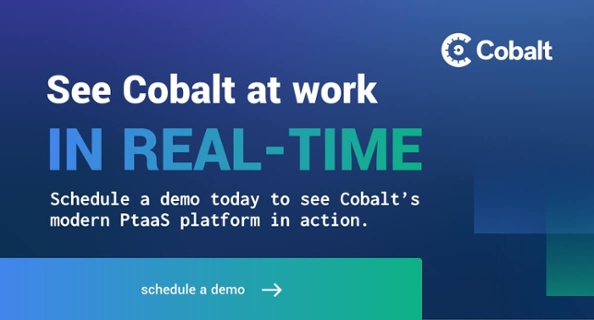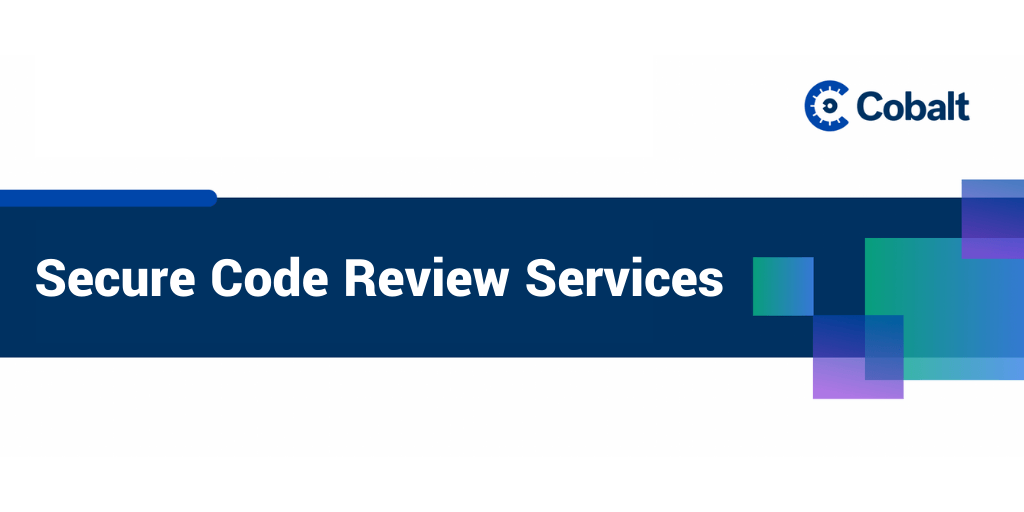Key Takeaways
- Recent Gartner reports underscore the increasing need for more rapid, agile security validation across the expanding enterprise attack surface.
- Among these emerging security technologies, Gartner spotlights Pentesting as a service (PtaaS) for its ability to help organizations elevate their security posture by "integrating validation earlier in the software development lifecycle."
- Cobalt, the pioneer of PtaaS, is cited in the report as one of the security companies helping define and shape this burgeoning category.
Cobalt's Pentest as a Service (PtaaS) Platform is revolutionizing the way organizations approach security operations and software development.
Innovations with pentesting, created by PtaaS, helps to provide real-time findings and guidance from pentesters, so organizations can save money while protecting their digital assets.
With Gartner's recent Hype Cycle for Security Operations and Hype Cycle for Application Security recognizing PtaaS as the future of security testing, it is clear that this innovative technology is here to stay.
In this article, we'll explore how PtaaS is driving more responsive SecOps and helping to secure the Software Development Lifecycle (SDLC).
How PtaaS Is Driving More Responsive SecOps
Cobalt’s PtaaS platform is revolutionizing the way organizations approach security operations and software development. This innovative technology provides a cost-effective and tailored approach to security testing that allows organizations to respond quickly to threats. As highlighted in Gartner's Hype Cycle for Security Operations report, PtaaS is the way of the future for securing digital assets.
In the report, Gartner notes the impact of enterprise’s expanding adoption of different technologies and thus, increase to their attack surface. This has led to numerous emerging categories focused on overcoming attack surface complexities including: external attack surface management (EASM), cyber asset attack surface management (CAASM), pentesting as a service (PtaaS), and automated pentesting and red teaming solutions.
PtaaS offers technology-led, point-in-time, and continuous application and infrastructure testing that still maintains rigorous pentesting standards.
PtaaS is designed to be agile and responsive, so organizations can keep up with the ever-growing attack surface due to accelerating use of cloud technology and expansion of public-facing digital assets. Moreover, PtaaS helps reduce attack surface exposure by giving access to real-time findings during pentests, delivered through the platform.
The Hype Cycle for Security Operations report emphasizes the value of PtaaS in elevating enterprises’ security posture through continual assessment. Gartner recommends hybrid scanning models that combine human analysis and automation to increase both effectiveness and efficiency when evaluating PtaaS solutions. By using this type of solution, organizations can ensure their security operations are more efficient. It also allows organizations to reduce costs associated with traditional pentesting practices, which rely heavily on human pentesters using commercial tools.
In the Security Operations report Gartner cites, "These tools and services, in part, represent the need to continuously discover, assess, prioritize, validate and reduce exposure across digital estates."
Overall, Cobalt PtaaS is an invaluable tool for boosting an organization's security posture while simultaneously improving its agility and responsiveness in addressing any potential threats before they become costly issues. With its recognition by Gartner as an efficient way of securing digital assets now and in the future, it is clear why organizations should consider investing their penetration testing service needs to a PtaaS provider today.
How PtaaS Is Helping Secure the Software Development Lifecycle (SDLC)
Organizations are increasingly turning to PtaaS as a way to protect their digital assets. This growing technology allows organizations to integrate security testing into their CI/CD pipelines and receive real-time advice from pentesters. Gartner suggests evaluating potential PtaaS vendors for their capacity to meet specific pentesting specifications, such as application testing or external infrastructure testing.
PtaaS provides a cost-effective, agile approach to security testing that helps organizations find flaws in their software development lifecycle (SDLC). Through automation, the feedback loop between developers and security teams is improved; threats can be identified before they turn into major issues. Plus, thanks to automated scanning features, production time is reduced while keeping applications secure.
In comparison to traditional pentesting solutions, PtaaS offers many advantages - like greater scalability and enhanced accuracy. With Agile Pentesting, organizations can easily change the amount of tests needed in any given project without additional resources. Additionally, since it is powered by human analysis plus automation, more accurate results are provided than those obtained with standard methods.
Using PtaaS allows organizations to keep their digital assets safe while meeting timely production deadlines. As demonstrated in both the Gartner's Hype Cycle for Security Operations and Hype Cycle for Application Security reports, PtaaS is the way of the future for protecting digital assets - making it an invaluable tool for building a stronger security posture while cutting expenses associated with regular pentesting practices.


















.png)

